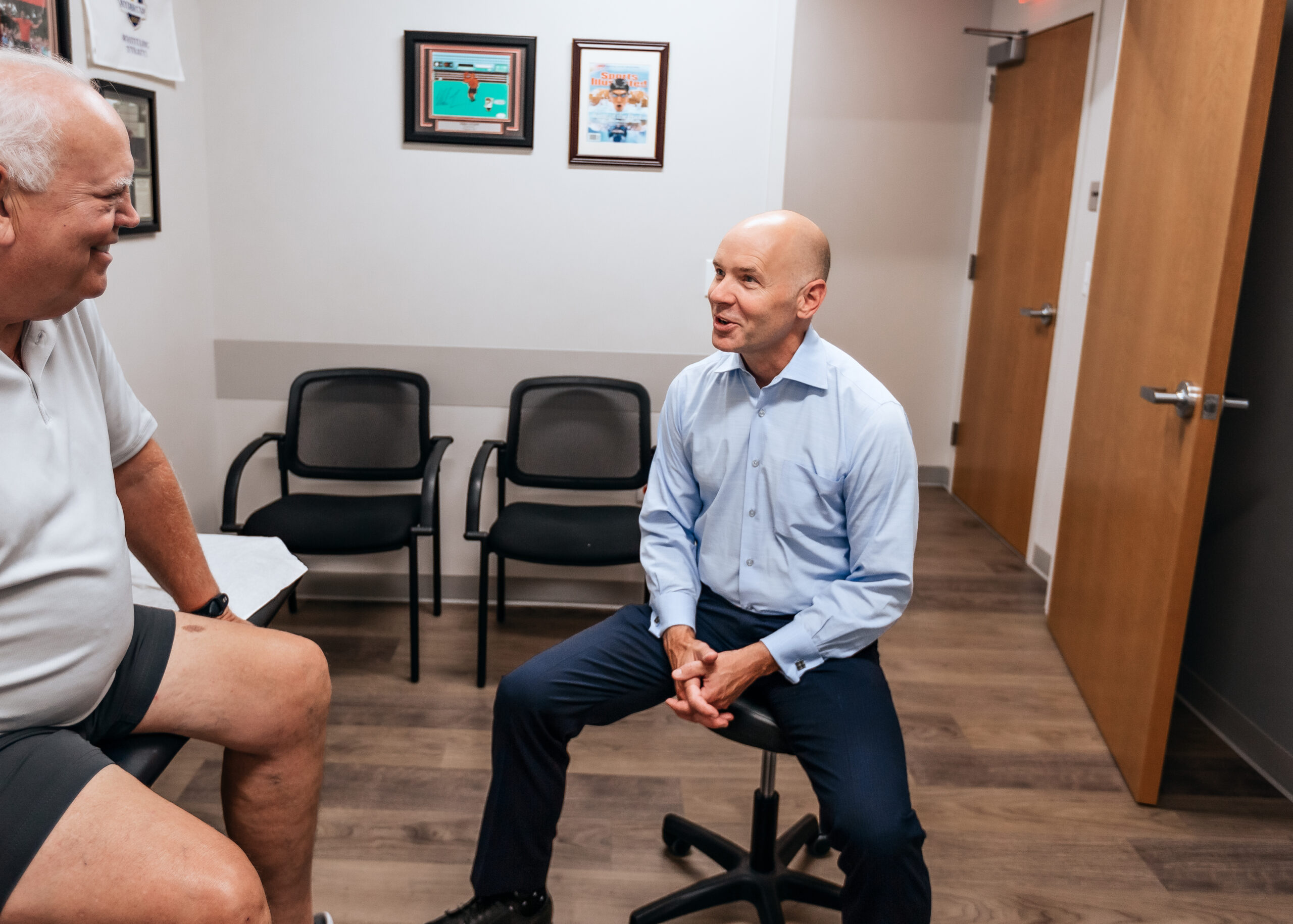Genicular Artery Embolization (GAE)
Genicular Artery Embolization (GAE) is an innovative, minimally invasive procedure designed to treat chronic knee pain, particularly in patients with osteoarthritis. This cutting-edge treatment offers hope for those suffering from mild to moderate knee arthritis who have not found relief through conservative therapies.
What is GAE?
GAE is a procedure that targets the genicular arteries supplying blood to the knee joint. By using embolic agents to reduce blood flow to the inflamed synovium (the lining of the knee joint), GAE aims to decrease inflammation and alleviate pain associated with knee osteoarthritis.
Who is a Candidate for GAE?
Ideal candidates for Genicular Artery Embolization include:
- Patients with chronic knee pain due to mild or moderate osteoarthritis.
- Individuals who have not responded to conservative treatments such as physical therapy, medications, or injections.
- Those who are not ready for or are ineligible for total knee replacement surgery.
- Patients seeking a non-surgical alternative for knee pain management.
Benefits of GAE
- Effective Pain Relief: Genicular Artery Embolization has significantly improved pain symptoms, with durable results lasting 2 to 4 years.
- Minimally Invasive: The procedure involves only a small incision, reducing risks associated with open surgery.
- Short Recovery Time: Patients typically experience a quicker recovery compared to traditional surgical interventions.
- Preservation of Joint Function: By alleviating pain, GAE may help maintain knee function and potentially delay the need for more invasive procedures.
- Reduced Medication Dependency: Effective pain management through GAE may decrease reliance on pain medications.
- Improved Quality of Life: By reducing chronic knee pain, GAE can enhance patients’ ability to engage in daily activities with greater comfort and mobility.
- Outpatient Procedure: GAE is often performed on an outpatient basis, allowing patients to return home the same day.

Genicular Artery Embolization Procedure
GAE is performed by an interventional radiologist or vascular surgeon using advanced imaging technology. The procedure typically takes 1-2 hours under local anesthesia with light sedation. Patients are usually monitored for short period post-procedure before being discharged home the same day.
It’s important to note that while GAE offers promising results for many patients, individual outcomes may vary. Consultation with a healthcare professional is essential to determine if GAE is the right option for your specific condition.
While Genicular Artery Embolization is generally considered a safe and minimally invasive procedure for treating chronic knee pain, it does come with some potential risks. The main risks associated with GAE include: mild to moderate discomfort at the injection site, bruising/swelling around the knee, temporary numbness or tingling in the leg, skin discoloration, which typically resolves itself quickly.
GAE Compared to other treatments
For knee osteoarthritis, Genicular Artery Embolization offers several advantages over knee arthroplasty and conservative treatments. It is less invasive than knee surgery with sustained improvements in symptoms for two to four years. GAE can be used alongside other knee arthritis treatments, like physical therapy. Key to note: GAE does not increase the risk of future knee replacement, if it becomes necessary. It also does not prevent someone from getting a knee replacement down the road.














